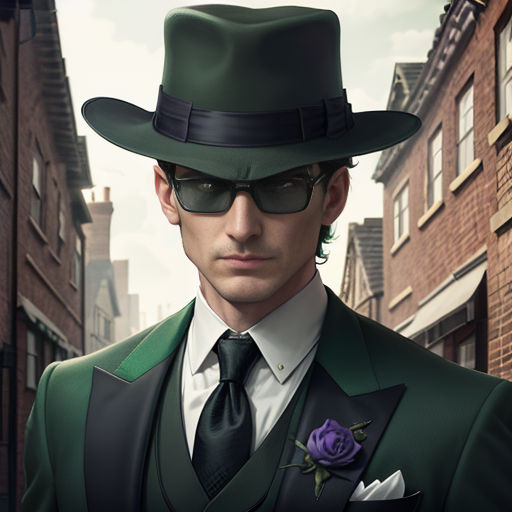
The Riddle of Wayne Manor
By Storybird

23 Sep, 2023

In the dark underbelly of Gotham City, the Riddler, known in this universe as Edward Nygma, was not a criminal mastermind but a detective. He was renowned for his uncanny ability to solve the most intricate crimes.
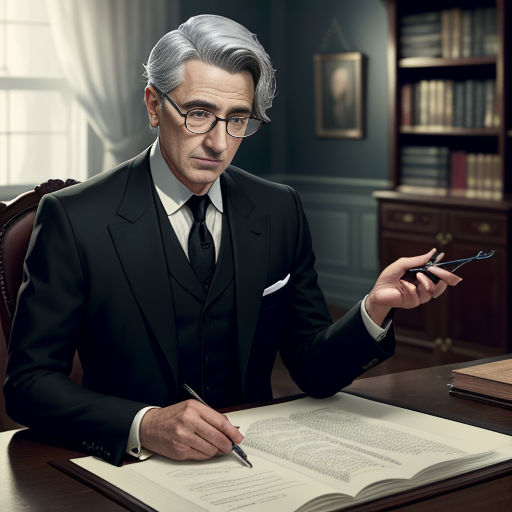
One day, Nygma was approached by Alfred Pennyworth, the butler of Wayne Manor. Alfred had a case that required Nygma's unique abilities - the murder of Thomas and Martha Wayne.
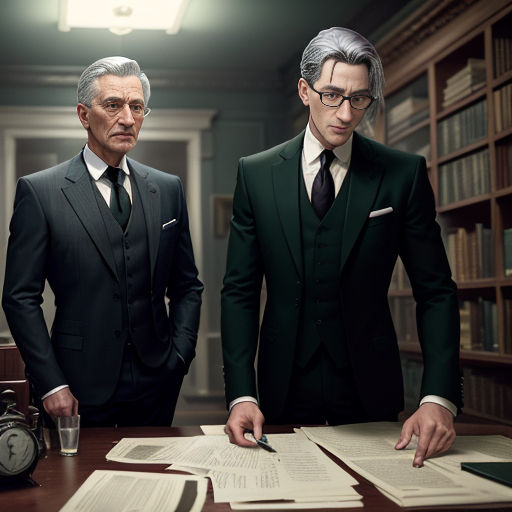
The Riddler was intrigued. The Waynes were among Gotham's elite, and their murders shocked the city. Seeing this as a challenge, he agreed to take on the case.
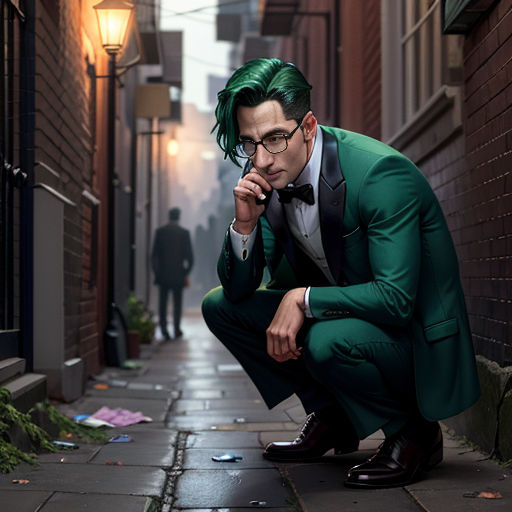
Nygma started by investigating the crime scene - the alley where the Waynes were murdered. He meticulously examined every inch of the alley, looking for clues.
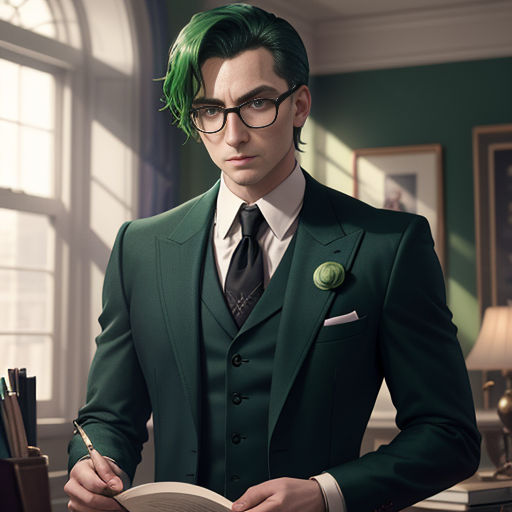
As the Riddler analyzed the crime scene, he found a peculiar button. He could tell it didn't belong to either of the Waynes. It was his first clue.

He returned to his office with the button. It was there he discovered it belonged to a Gotham City Council member. Nygma was intrigued; the plot was thickening.
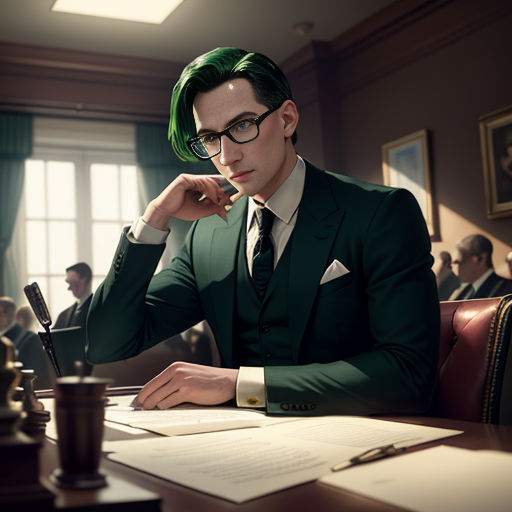
Nygma decided to meet this council member. With a calculated mind and a poker face, he interviewed the councilman, looking for a slip or inconsistency.
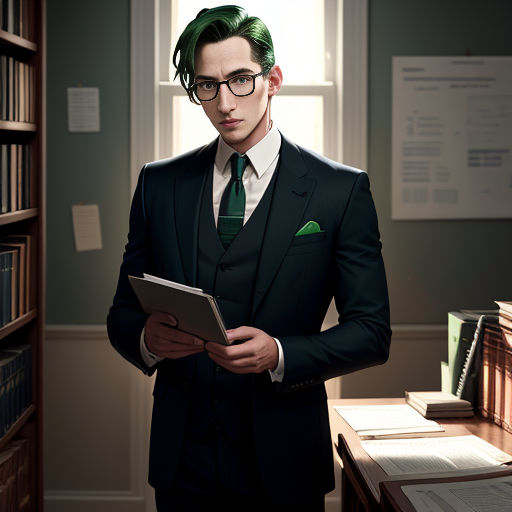
The councilman was defensive and his answers seemed rehearsed. Nygma was suspicious. However, he needed more evidence before he could accuse the councilman.

The Riddler followed the councilman covertly, hoping to catch him in a compromising situation. His efforts paid off when he saw the councilman meeting with a known criminal.
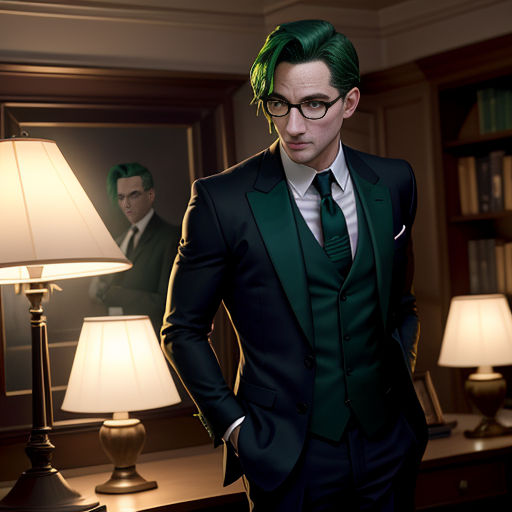
Nygma took photos of the meeting and started gathering more evidence. He was certain the councilman was involved in the murder, but he needed solid proof.
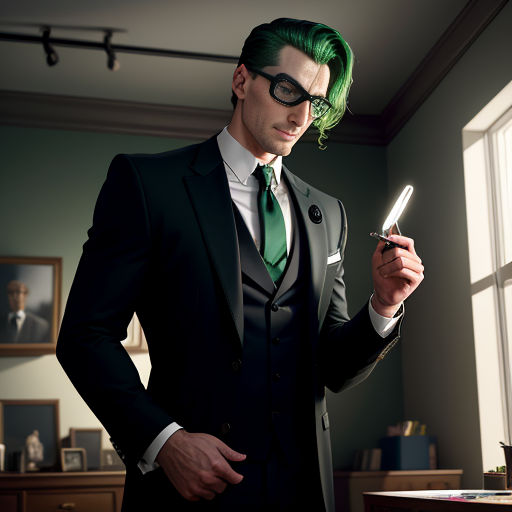
The Riddler broke into the councilman's office late one night, looking for any incriminating evidence. He found a hidden safe behind a painting.
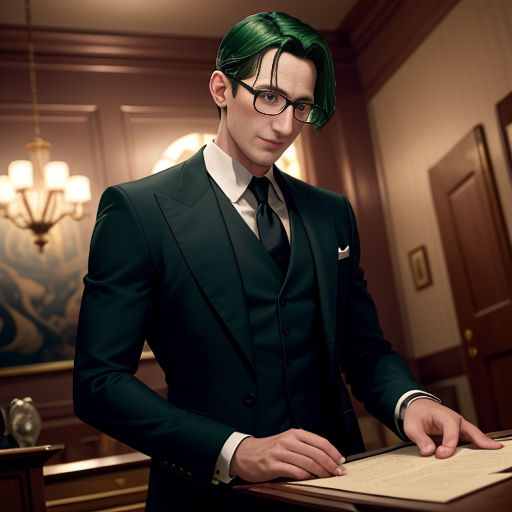
Using his quick wit and his lock picking skills, Nygma managed to open the safe. Inside, he found a gun and a hand-written confession.
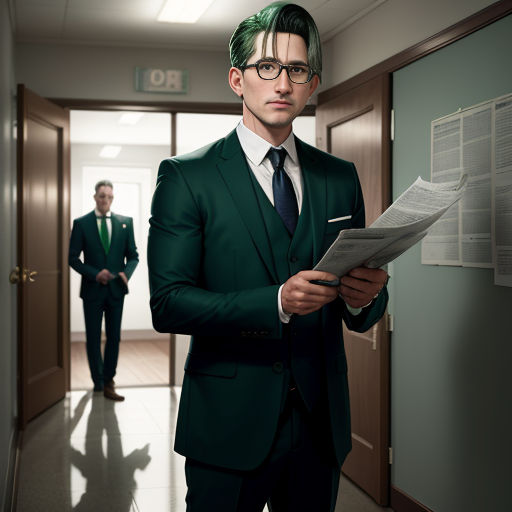
The confession revealed that the councilman was indeed the murderer. He had killed the Waynes due to a political disagreement. The Riddler had solved the case.

However, just as Nygma was about to leave, the councilman entered the office. A confrontation ensued, and Nygma was forced to defend himself.

Using his quick reflexes and cunning, Nygma was able to subdue the councilman. He dialed the police, leaving the office before they arrived.

The next day, the councilman was arrested, and the truth about the Waynes' murder was revealed. Gotham was shocked, but grateful to the man who solved the case.
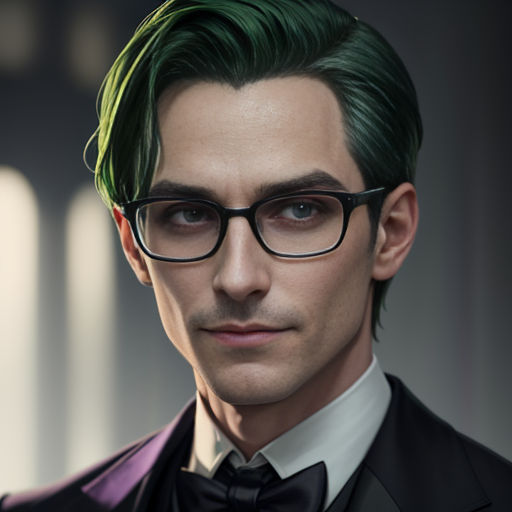
The Riddler, however, remained a shadowy figure. He preferred working behind the scenes, his identity unknown. He was content knowing that justice had been served.
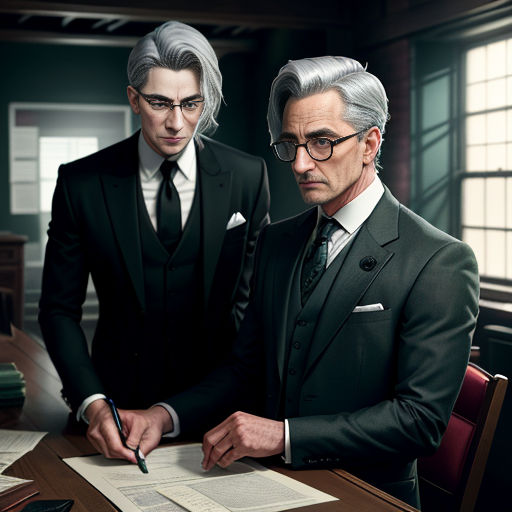
Alfred thanked Nygma for his help. He knew that without the Riddler's efforts, the Waynes' murderer would have remained free.
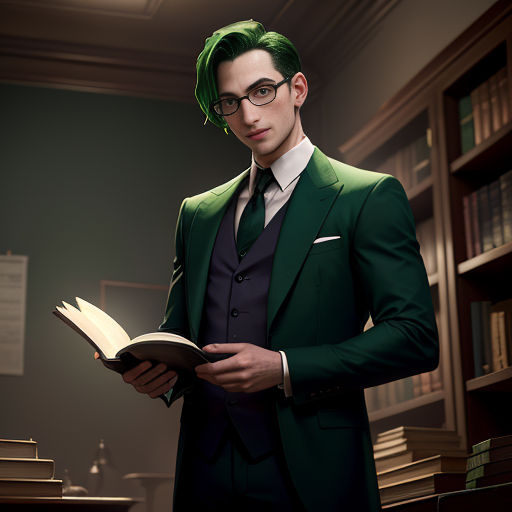
As for Nygma, he was just glad to have solved another riddle. The Riddler then disappeared back into the shadows, ready to solve the next mystery that Gotham threw his way.

In this universe, the Riddler was not a villain but a hero. He used his intelligence and wit to solve crimes and bring justice to Gotham City.

He was a symbol of hope in a city plagued by crime. His riddles were not meant to confuse but to reveal the truth. And in the end, the truth always prevailed.

The Riddler, once a villain, was now a beacon of justice. He proved that anyone, regardless of their past, can choose to do good. That was his ultimate riddle.

So, in an alternate universe where the Riddler is a detective, he not only solves the murder of Thomas and Martha Wayne, but also brings down a corrupt councilman.
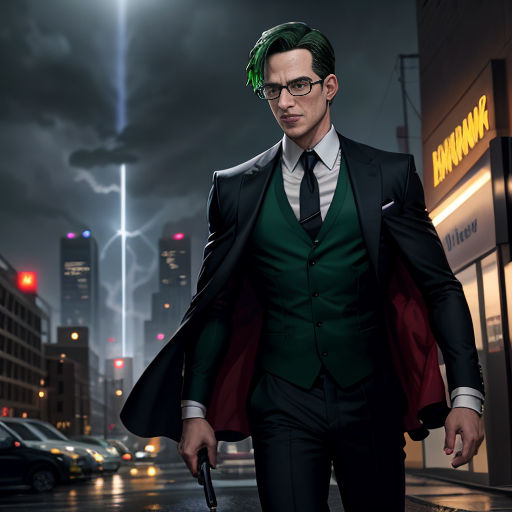
He risks his life, faces danger head-on, and doesn't back down until justice is served. He's not just a detective, he is a symbol of hope.
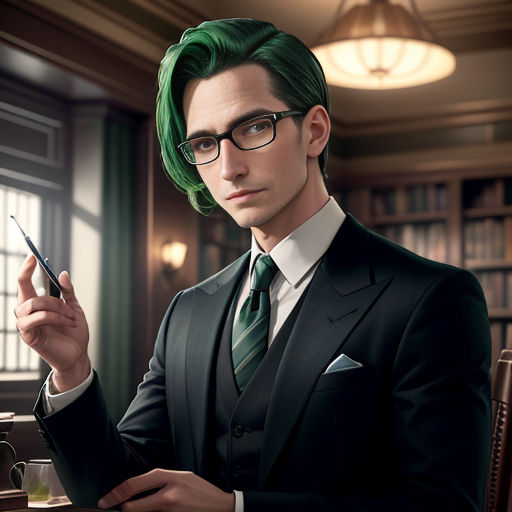
He may not wear a cape or a mask, but the Riddler is as much a hero as any other in Gotham. His weapon of choice is his intellect, and his shield, the truth.

In this universe, the Riddler leaves behind his life of crime and uses his skills for the greater good. He proves that not all heroes need superpowers; sometimes, all they need is a sharp mind.
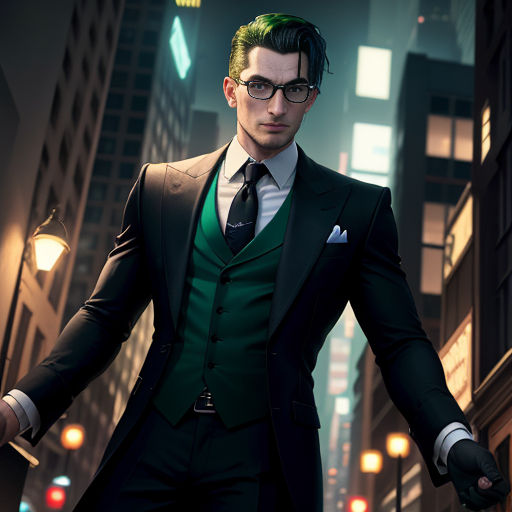
And so, the Riddler continues to solve the mysteries of Gotham, one riddle at a time. He remains a symbol of hope and justice in a city that desperately needs it.
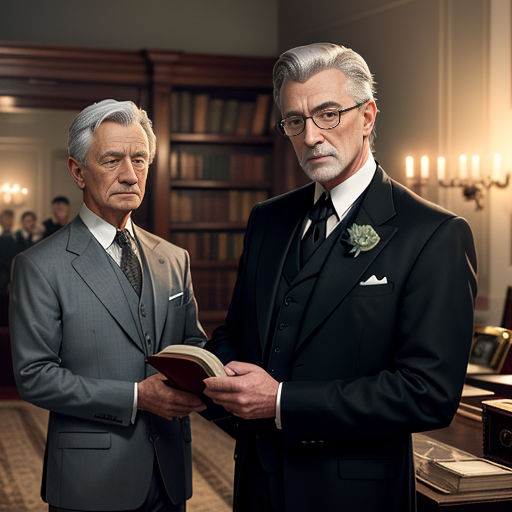
Alfred watches as the news of the councilman's arrest is broadcasted. He smiles, knowing that the Waynes' killer has been brought to justice. He thanks the Riddler, wherever he may be.
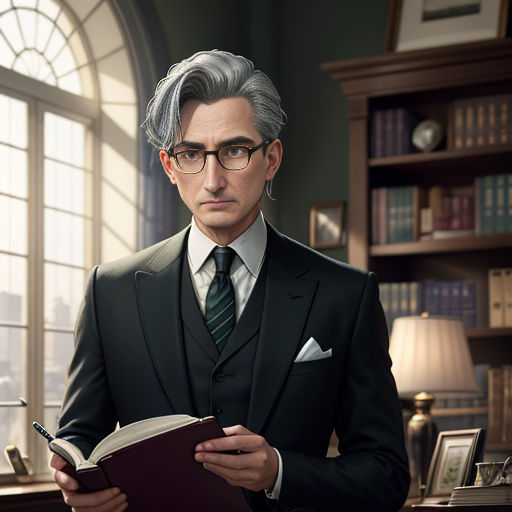
The Riddler, in his office, receives Alfred's gratitude silently. He continues to work on his next case, always ready to solve the next riddle that Gotham presents him.

In this universe, the Riddler is not a villain but a hero, not a foe but a friend. He is a beacon of hope in a city that needs it the most.

And in this universe, the Riddler doesn't just solve riddles, he solves crimes. He uncovers the truth, no matter how hidden or complex it may be. He is a true detective.
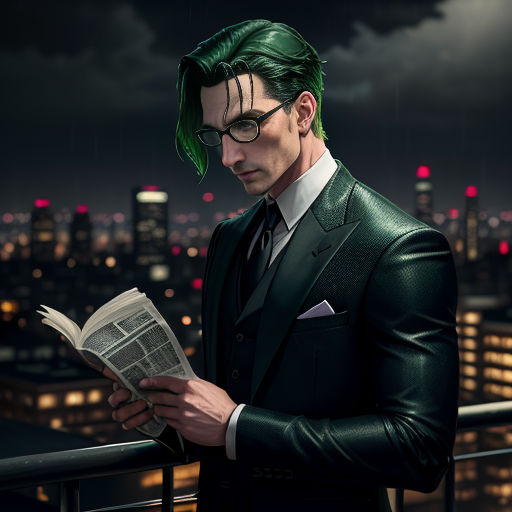
So, the answer to the question, "Will the Riddler solve the murder of Thomas and Martha Wayne or die trying?" is clear. He not only solves the case, but also brings justice to Gotham.
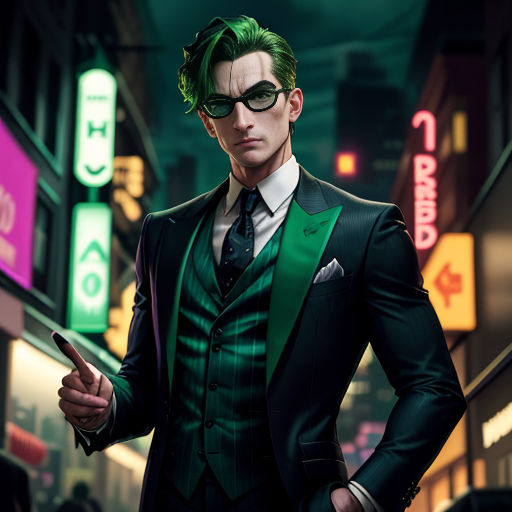
Edward Nygma, the Riddler, is a hero. He fights for justice, solves crimes, and gives hope to Gotham City. He proves that anyone can be a hero if they choose to be.
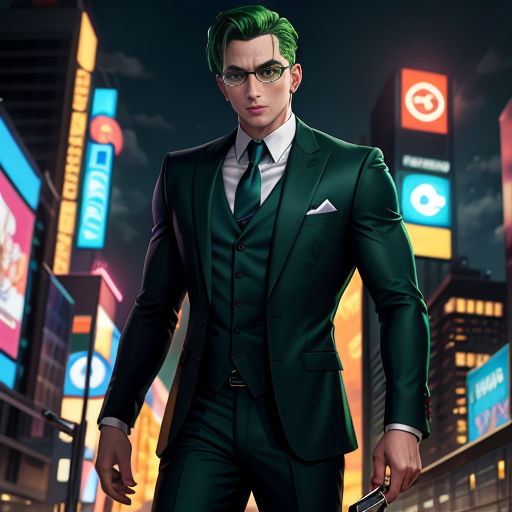
And so, the story of the Riddler, the detective, continues. He remains a beacon of hope, solving riddles and crimes, one case at a time. In this universe, the Riddler is truly a hero.
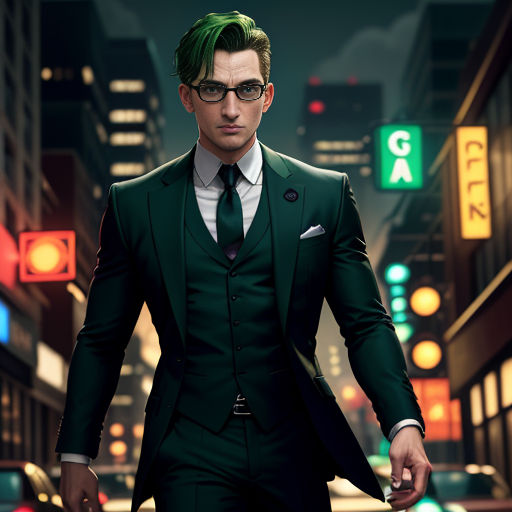
Thus, the Riddler is not a villain but a detective, a hero, a symbol of justice and hope. In this alternate universe, he is Gotham's unsung hero, solving the riddles that plague the city.